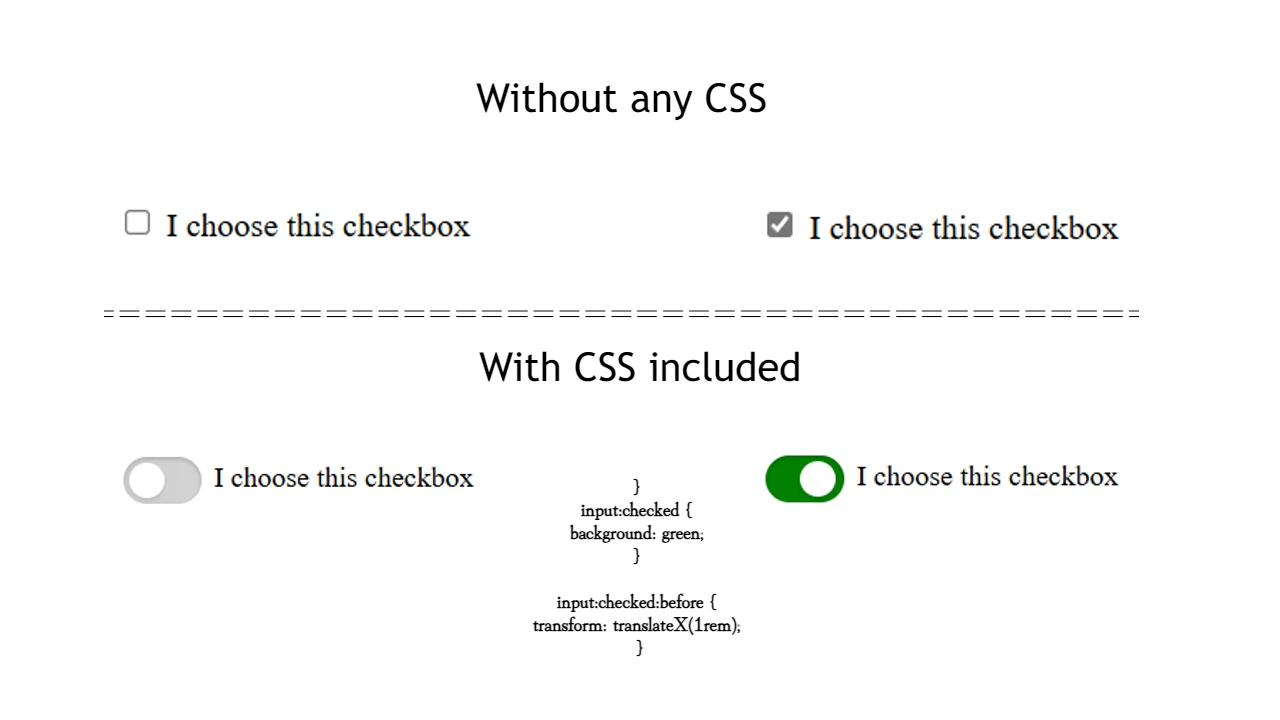I often grapple with the intricacies of responsive design. Recently, I encountered an issue highlighting the importance of a simple yet crucial element: the viewport meta tag. This experience deepened my understanding of mobile responsiveness and underscored the significance of ensuring that web applications look good on all devices.
I was working on a clock application that I wanted to be visually appealing and functional across different screen sizes. Here’s a snippet of my initial HTML structure:
<!DOCTYPE html>
<html lang="en">
<head>
<meta charset="UTF-8">
<title>Clock</title>
<link rel="stylesheet" href="clock.min.css">
<!-- Missing viewport meta tag initially -->
</head>
<body>
<div id="time"></div><br>
<div id="clock"></div>
<script src="clock.min.js"></script>
<script>
setupClock('#clock');
</script>
</body>
</html>Initially, I had set up the clock using CSS and JavaScript without considering mobile responsiveness. My CSS included styles to create a nice analog clock:
.analog_clock_codexen {
width: 200px;
height: 200px;
background-color: #f5f5f5;
border: 1px solid #c7c7c7;
border-radius: 50%;
box-shadow: 0 0 16px 0 #ececec;
position: relative;
font-family: Arial, sans-serif;
font-size: 15px;
}While developing the media query for larger clocks on mobile devices, I initially struggled to get the clock size right:
@media (max-width: 900px) {
.analog_clock_codexen {
width: 90vw; /* Intended to adjust width */
height: 90vw; /* Intended to adjust height */
}
}Despite these efforts, the clock still appeared small on mobile devices. In my quest to solve this problem, I discovered the viewport meta tag. This tag allows developers to control the layout of their web applications on mobile browsers. By specifying the viewport’s width and scaling factor, I could ensure that my app adapts seamlessly to the device dimensions. The line I added was straightforward:
<meta name="viewport" content="width=device-width, initial-scale=1.0">Once I integrated this tag into my HTML, the transformation was remarkable. The clock resized beautifully, filling the screen and making it user-friendly. Here’s the updated HTML structure with the viewport tag included:
<!DOCTYPE html>
<html lang="en">
<head>
<meta charset="UTF-8">
<meta name="viewport" content="width=device-width, initial-scale=1.0"> <!-- Added viewport meta tag -->
<title>Clock</title>
<link rel="stylesheet" href="clock.min.css">
</head>
<body>
<div id="time"></div><br>
<div id="clock"></div>
<script src="clock.min.js"></script>
<script>
setupClock('#clock');
</script>
</body>
</html>In my CSS, the clock is now defined to scale correctly for mobile devices:
@media (max-width: 900px) {
.analog_clock_codexen {
width: 90vw; /* Ensures the clock takes up more space */
height: 90vw; /* Keeps the aspect ratio */
}
#time {
font-size: 3em; /* Larger font size for time */
}
}This experience taught me a valuable lesson about the importance of the viewport meta tag in responsive web design. Without it, my clock application would have remained cramped and difficult to use on smaller screens.
The viewport meta tag is essential for ensuring that a web application is responsive and user-friendly. It helps create a layout that adapts to the viewer’s device.




